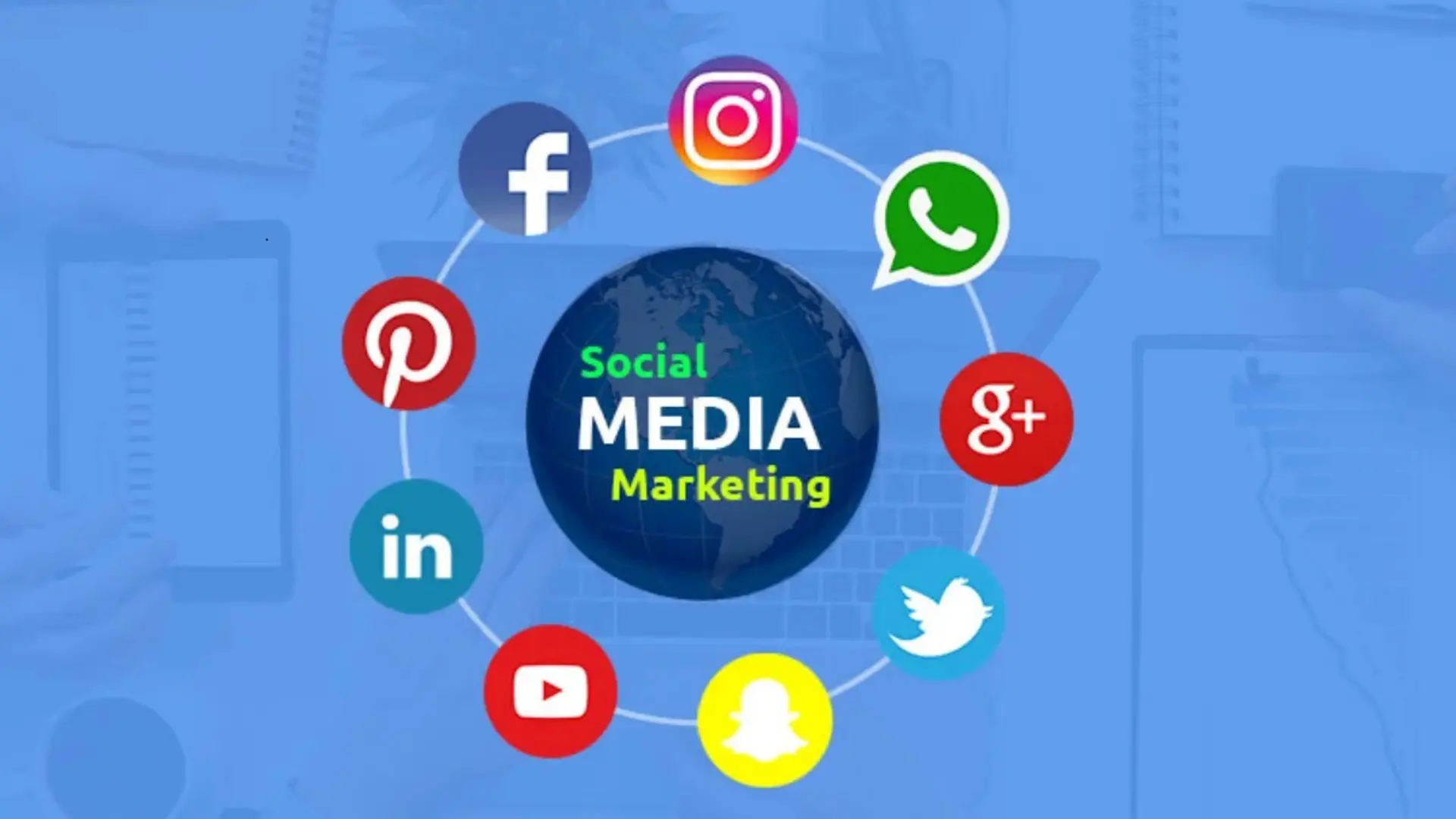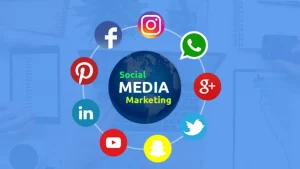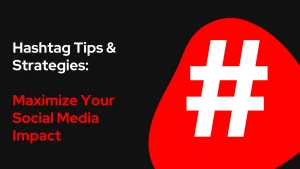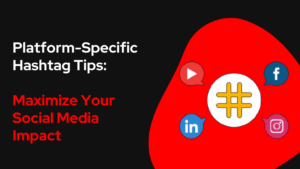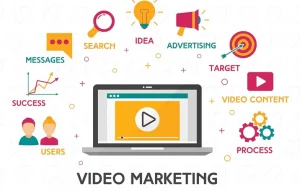Social media and organic traffic are no longer separate entities. Instead, they form a dynamic relationship that can significantly enhance your website’s visibility and performance. While social media platforms may not directly impact search engine rankings, their engagement plays a critical role in boosting organic traffic. Let’s explore how social media engagement influences organic traffic and why it is indispensable to your overall SEO strategy.

What Is Social Media Engagement?
Social media engagement refers to the interactions your audience has with your content on platforms like Facebook, Instagram, Twitter, LinkedIn, and others. These exchanges can occur in different ways, including:
- Likes and reactions
- Comments
- Shares and retweets
- Clicks on links
- Saves and bookmarks
- Mentions and tags
High engagement signals that your content resonates with your audience, making it more likely to gain visibility and drive traffic.
How Social Media Engagement Impacts Organic Traffic
While social media links are often classified as “nofollow” and don’t directly pass SEO value, the ripple effects of strong social media engagement can positively impact organic traffic in several ways:
-
Increased Content Visibility
When your social media content receives high engagement, algorithms on platforms like Facebook or Instagram prioritize it in user feeds. This increased visibility means more people see your content, potentially leading to more clicks and traffic to your website.
-
Amplification Through Sharing
Social shares broaden the audience of your content beyond just your current followers. As your content gets shared across social networks, it reaches new audiences, driving more visitors to your website and increasing your chances of earning backlinks from other users.
-
Improved Brand Awareness
Regular interaction on social media enhances brand recognition and trustworthiness. When users recognize your brand as a trusted source, they’re more likely to search for it directly or click on your website in search results, boosting your organic traffic.
-
Higher Click-Through Rates (CTR)
Social media posts with compelling visuals, headlines, or calls to action can entice users to click through to your website. Search engines like Google consider CTR as an indirect ranking factor, meaning more traffic from social media could improve your organic rankings over time.
-
Support for Content Discovery
Social media platforms act as discovery engines where users explore new brands, products, and ideas. High engagement on these platforms often correlates with increased visits to your website, particularly when you link back to high-value content such as blog posts, guides, or product pages.
-
Generation of User Signals
Social media engagement drives user behavior that search engines monitor. For instance, if users spend time on your site after clicking a social media link, it sends positive signals about your content’s quality and relevance.
Strategies to Boost Social Media Engagement and Drive Organic Traffic
To leverage social media engagement effectively, focus on creating shareable content and fostering meaningful interactions. Here are some proven strategies:
-
Create High-Quality, Shareable Content
Content that provides value be it in the form of education, entertainment, or inspiration is more likely to get shared. Examples include:
- Informative blog posts
- How-to guides
- Infographics
- Interactive polls or quizzes
- Engaging videos
-
Use Strong Calls to Action (CTAs)
Encourage your audience to take specific actions, such as visiting your website, signing up for a newsletter, or sharing your post. CTAs like “Learn more,” “Download now,” or “Read the full article” can direct users to your site and increase traffic.
-
Leverage Hashtags and Keywords
Hashtags and keywords help categorize your content and make it discoverable to a broader audience. Use relevant hashtags and SEO-friendly keywords to ensure your posts reach the right users.
-
Engage Directly With Your Audience
Engage with your followers by responding to their comments, addressing their questions, and joining in on discussions to foster relationships. Direct engagement fosters loyalty and encourages users to interact with your brand more frequently.
-
Optimize Your Posting Schedule
Publish during the times when your audience is most engaged to enhance visibility and interaction. Use analytics tools provided by social media platforms to identify the best times to post for your target audience.
-
Collaborate With Influencers
Collaborating with influencers within your niche can greatly enhance engagement. Influencers bring their loyal audience to your content, increasing shares and driving traffic to your website.
Assessing the Influence of Social Media Interaction on Organic Website Traffic
To gauge the success of your social media initiatives, monitor these specific indicators:
- Referral Traffic: Use tools like Google Analytics to monitor how much traffic comes to your site from social media platforms.
- Engagement Metrics: Track likes, shares, comments, and other interactions to gauge the reach and resonance of your content.
- Bounce Rate and Time on Page: Analyze user behavior once they arrive on your site. High engagement on your site indicates that social media is driving quality traffic.
- Conversion Rates: Measure how many social media visitors convert into customers, subscribers, or other desired actions.
Common Pitfalls to Avoid
While social media engagement is beneficial, there are a few pitfalls to watch out for:
- Focusing Solely on Vanity Metrics: Likes and followers are important but don’t necessarily translate into traffic. Prioritize meaningful engagement like clicks and shares.
- Ignoring Negative Feedback: Address negative comments or reviews promptly to maintain your brand’s reputation.
- Posting Irrelevant Content: Ensure your social media posts align with your brand’s goals and audience interests.
Conclusion
Social media engagement and organic traffic share a symbiotic relationship. By fostering meaningful interactions on social platforms, you can amplify your content’s reach, attract a larger audience, and ultimately boost your organic traffic. The key lies in creating valuable content, engaging authentically with your audience, and continuously optimizing your strategies based on data. With consistent effort, social media can become a powerful driver of sustainable organic growth for your business.



